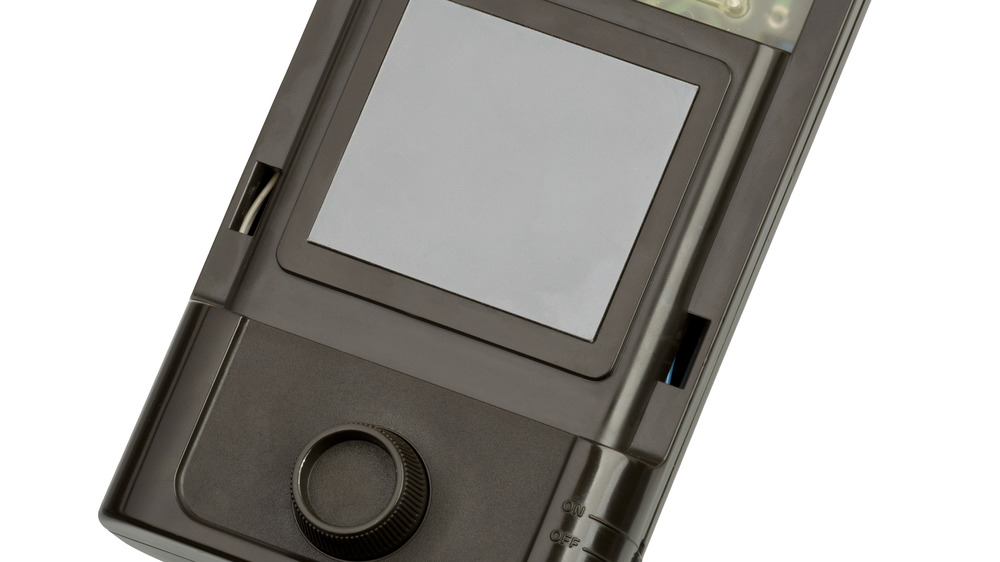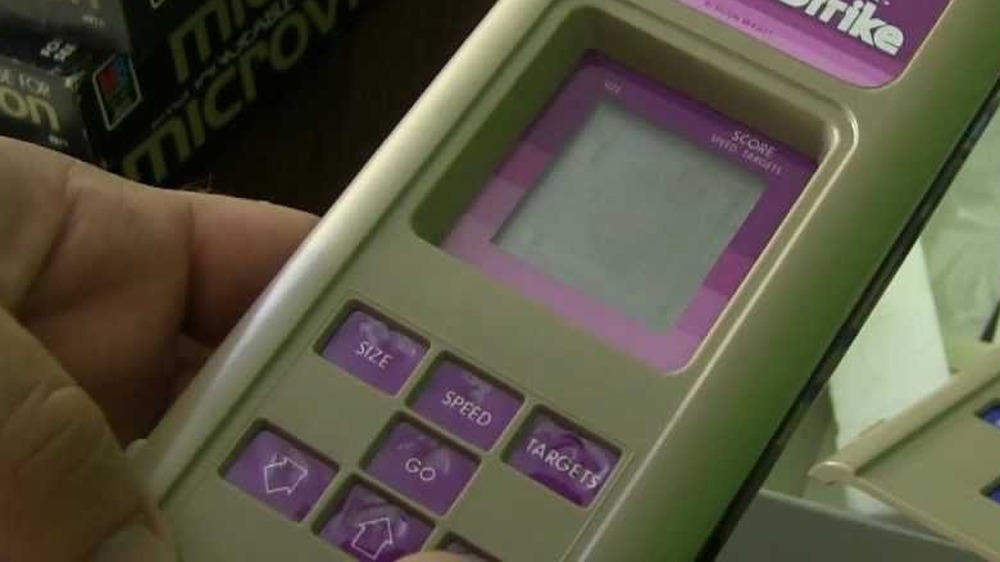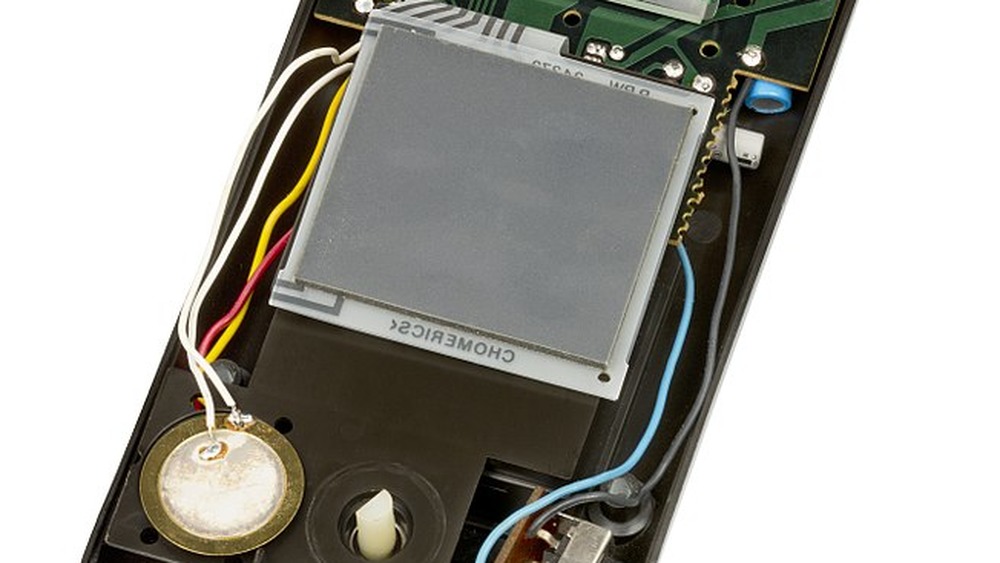The Truth About The First Handheld Console Ever Released
When gamers think about early handheld consoles, it's hard to escape the shadow that the iconic Nintendo Game Boy cast over the industry. The sturdy, reliable product with a massive category of games popular games like Tetris and The Legend of Zelda: Link's Awakening set the standard for mobile gaming devices when it arrived in 1989, and many enthusiasts would be hard-pressed to name anything that came before it. Anything besides, perhaps, the Nintendo Game & Watch series that directly preceded it.
Of course, there were predecessors to the Game Boy, if only a few. However, one in particular, the Milton Bradley Microvision, served as a direct inspiration for the improving form and function of the Nintendo Game & Watch, in turn resulting in the cartridge-based Game Boy itself.
With interchangeable cartridges and a vertical, formfitting design, the Microvision was an early introduction for gamers of a portable gaming world yet to come. This is the truth about the first handheld console that gamers ever had a chance to own.
Interchangeable cartridges enhanced the Microvision's appeal
Milton Bradley released the Microvision in 1979, which cost $49.99 when it first hit stores. While that price point may sound reasonable, adjusted for inflation, the unit today would be closer to $200.
Designed by Jay Smith of Smith Engineering, the Microvision represented an important development in the evolution of handheld gaming. While it was not the first portable gaming device ever created, it was the first handheld console that used interchangeable cartridges to create many different experiences through a single device.
The Microvision had a recognizable design similar to the future Game Boy's vertical orientation, with an LCD at the top and controls where the player's thumbs land. The one big difference is that each handheld came with a distinct faceplate with the game's title at the top and unique button alignments.
Those experiences came with launch titles such as Pinball, Bowling, Block Buster, and Connect Four, which sold for $19.99 each. While the initial run of games used fairly simplistic concepts to accommodate the limited technology inside the Microvision, titles such as Start Trak: Phaser Strike, Vegas Slots, and Sea Duel would add some depth to the console's library through 1980 and 1981.
Technological limitations and lack of support doomed the Microvision
The Microvision's unique functionality led to early success for the device, which grossed $8 million in its first year. However, the early LCD technology kept the Microvision from being a real success.
In 1979, LCDs were still relatively uncommon, mainly found in expensive aircraft instruments. In fact, Jay Smith, the Microvision's designer, initially became involved with LCDs through a side business selling LCD chemicals to Hughes Aircraft. Reducing the technology's size and cost for consumers was difficult and led to a condition called screen rot, which occurred when liquid crystals that compose LCD screens began to leak due to impurities, poor screen sealings, or heat, where the screen would darken until the unit was unusable.
Another unique feature of the Microvision was that the unit had no onboard CPU. Instead, the cartridges contained a CPU, with the console existing as merely a screen and control pad. However, that meant that the CPU was exposed on the cartridge when switching games and vulnerable to static shocks.
These limitations led to a short shelf life for a relatively expensive product marketed as a toy, and Milton Bradley discontinued the Microvision after just two years, in 1981.



